Sometimes it seems like your brain can be your worst enemy. Do you ever replay the same scenario or have the same conversation that caused you trauma over and over again in your head? After a troubled-childhood or other traumatic event, we may find ourselves trapped in a relentless cycle of emotional pain and distress.

This phenomenon, known as a trauma loop, can have a detrimental impact on your well-being and mental health. In this article, we’ll explore what a trauma loop is, how it affects us, and most importantly, provide you with practical strategies to break free from its grip and embark on a journey of healing.
What is a Trauma Loop

A trauma loop is a pattern of recurring negative thoughts, emotions, and behaviors that keep us stuck in the aftermath of a traumatic event. It’s the constant replaying of the traumatic event in the mind–sometimes even several decades later and can last for years.
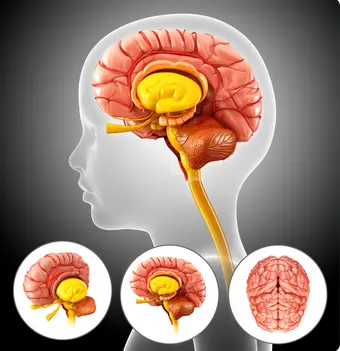
It stems from the complex workings of our brain’s limbic system, which is the part of the brain that’s responsible for regulating our emotions and memories. When trauma occurs, our brain can become overwhelmed, and the limbic system may initiate a self-perpetuating loop of fear, anxiety, and distress.
The Limbic System and Loop Communication in Trauma
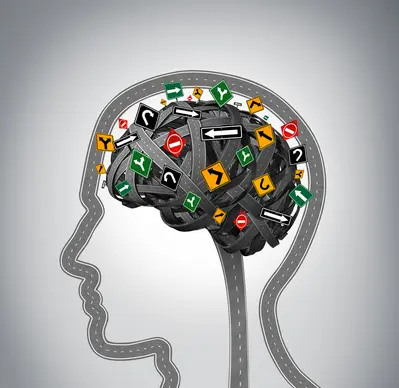
Within the limbic system, different brain regions, including the amygdala and hippocampus, play key roles in processing emotions and memories. When you’re in a trauma loop, these regions communicate excessively, reinforcing negative emotional responses and triggering distressing memories.
This loop of communication keeps the traumatic experience constantly replaying in your brain, making it difficult for us to move forward and find relief.
Causes of Trauma Loop: Unraveling the Complexities
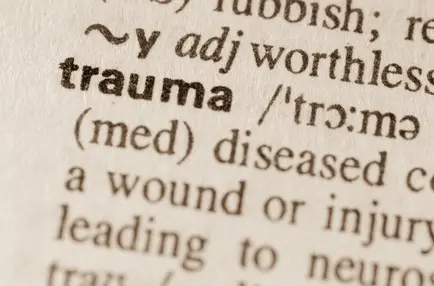
By addressing the root causes and seeking appropriate therapeutic interventions, you can begin to disrupt the trauma loop, develop healthier coping mechanisms, and work towards a healthier, happier mind.
Unresolved Traumatic Events:
Trauma loops often stem from unresolved traumatic experiences. If a person has not fully processed or healed from a past trauma, it can create a loop where the individual continuously re-experiences distressing emotions and memories associated with the event.
High-Stress Environments:
Chronic exposure to high-stress environments, such as ongoing abuse, neglect, or living in a war-torn area, can contribute to the development of trauma loops. The constant activation of the limbic system’s fight-or-flight response in these situations can reinforce the trauma loop, making it even more challenging to break free from the cycle.
Lack of Emotional Regulation Skills:
Difficulties in regulating emotions can contribute to the perpetuation of trauma loops. People who struggle to manage intense emotions may find themselves caught in a cycle of heightened distress, as their emotional responses reinforce the trauma loop.
Neural Pathway Reinforcement:
The brain’s neural pathways play a significant role in someone experiencing trauma loops. When traumatic experiences are repeatedly recalled or triggered, neural pathways associated with fear, anxiety, and distress become reinforced, creating a cycle that is challenging to break.
Lack of Support and Validation:
Trauma can be isolating, and a lack of support system or validation from others can intensify the trauma loop. Without a safe and understanding environment to process their experiences, people may feel trapped in their distress, amplifying the cycle.
Co-Occurring Mental Health Conditions:
Trauma loops can be intertwined with other mental health conditions, such as post-traumatic stress disorder (PTSD), anxiety disorders, or depression. These conditions can contribute to the trauma loop, as they often involve heightened reactivity to triggers and difficulty regulating emotions.
Interpersonal Relationships:
Unhealthy or abusive relationships can perpetuate trauma loops. The cyclical nature of abusive dynamics can reinforce feelings of fear, helplessness, and distress, trapping people in a loop of trauma within their relationships.
Related: Wysa Mental Health App Review
How To Stop Trauma Loops
While breaking free from a trauma loop may seem impossible, there are effective strategies that can help regain control of your thoughts and pave the way for healing.
Mindful Awareness

Developing an awareness of your thoughts, emotions, and physical sensations is crucial in interrupting the trauma loop. Mindfulness practices, such as deep breathing and meditation can help cultivate this awareness and create a sense of calm amidst the storm. When you feel intrusive, negative thoughts creeping up, acknowledge what’s happening and make the conscious effort to immediately change your thoughts. Get up, move around, and force yourself to think about something else until the intrusive thoughts go away.
Seek Support

Reach out to trusted friends, family members, or professionals who can provide a supportive and non-judgmental space. Sharing your experiences and emotions with others can help break the isolation that often comes with trauma and can assist greatly in the healing process. Isolating yourself can make things worse.
Rewriting the Narrative

Engage in therapeutic activities that encourage reframing and reinterpreting your traumatic experiences. Journaling, creative writing, or speaking with a therapist can help you develop a new perspective, shifting the focus from victimhood to resilience and growth. Write about who you want to be and what you want for your future. Try to replace negative trauma loops from the past with positive, reaffirming, positive loops about the future.
Self-Care Rituals

Prioritize self-care rituals to nurture your physical and emotional well-being. Engage in activities that bring you joy, such as taking baths, practicing hobbies, engaging in nature walks, or pampering yourself with massages or spa treatments. Many people who suffer from trauma loops also experience stress and anxiety which can leave your body tense and exhausted without you even knowing why.
Grounding Techniques

When you feel overwhelmed by intrusive thoughts or emotions, grounding techniques can help anchor you to the present moment. Try focusing on your senses, such as feeling the texture of an object, listening to calming music, or practicing yoga and deep breathing exercises. Stare at something up close for a minute then focus on something far away. It will keep your mind and eyes focused on something besides your thoughts and literally change your perception. Go to a location that you know brings you comfort and good memories.
Develop Emotional Regulation Skills

Learn techniques to regulate and manage your emotions effectively. This might include mindfulness exercises, grounding techniques, or engaging in relaxation practices. These skills can help you navigate intense emotions and prevent them from overwhelming you. People who are not taught how to properly regulate emotions as children will have life long issues. You must teach yourself different emotional regulation techniques as if you would a child. Deep breathing, counting to 10, or even giving yourself a time-out and physically removing yourself from a stressful environment are good ways to start.
Challenge Negative Thoughts
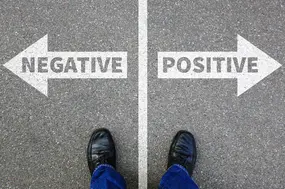
Identify and challenge negative thoughts and beliefs that perpetuate the trauma loop. You don’t need to always try to think positively while challenging negative thoughts. It’s better to think logically. Ask yourself why you’re thinking about the thoughts you’re having at this moment. Figure out if these thoughts are useful at the moment or if you’re just stuck in a loop. This cognitive re-framing can help shift your perspective and break the cycle of negative self-perception.
Establish Safety and Boundaries
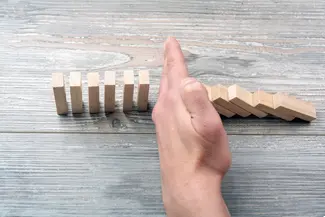
Creating a sense of safety is crucial in stopping the trauma loop. Set boundaries in your relationships and environments to protect yourself from triggers or situations that may rekindle traumatic memories. Cut off ties with people and activities that cross your boundaries. Don’t isolate yourself completely, rather take charge of what you will or will not allow in your life.
Gradual Exposure to Triggers

Under the guidance of a therapist, gradually expose yourself to triggers in a controlled and safe manner. This exposure therapy can help desensitize the emotional intensity associated with the triggers and weaken the trauma loop. Take baby-steps and gradually as the exposure is repeated several times, it’ll start to reinforce the learning that the feared outcome does not occur. Over time, you will become desensitized to the trigger and their anxiety response diminishes.
Practice Self-Compassion

Be gentle with yourself throughout the healing process. Practice self-compassion by acknowledging your progress. Celebrate small victories and forgive yourself as well as allow yourself to have a bad day. It’s easy to get angry at yourself for not being able to overcome trauma from a long time ago. But realize trauma, especially childhood trauma, actually changes the development of the brain. It’s not a simple task to overcome. Just know you’re taking the right steps by even understanding you are experiencing something very real that millions also suffer from and have difficulty overcoming.
Patience and Persistence

Breaking a trauma loop can take a life time for effort. Healing is a gradual process, and setbacks may occur along the way. Be patient with yourself and trust that with persistence and support, you can overcome the trauma loop and find a path towards resilience and well-being.
Remember that healing is a unique and individual journey, and there is no one-size-fits-all solution. Be gentle with yourself, take it one step at a time, and know that there is hope for a brighter future beyond the trauma loop.
Also Read:






